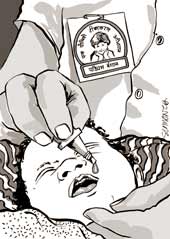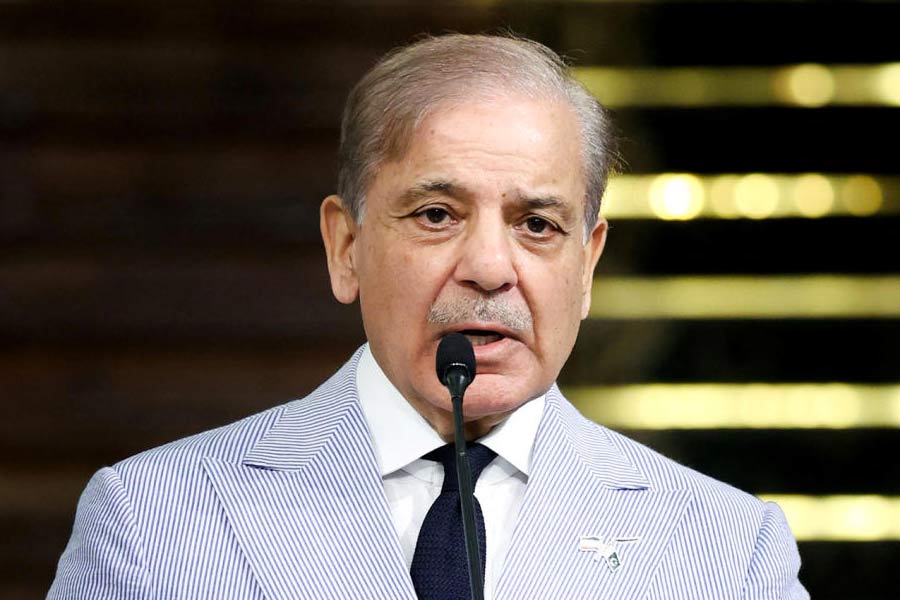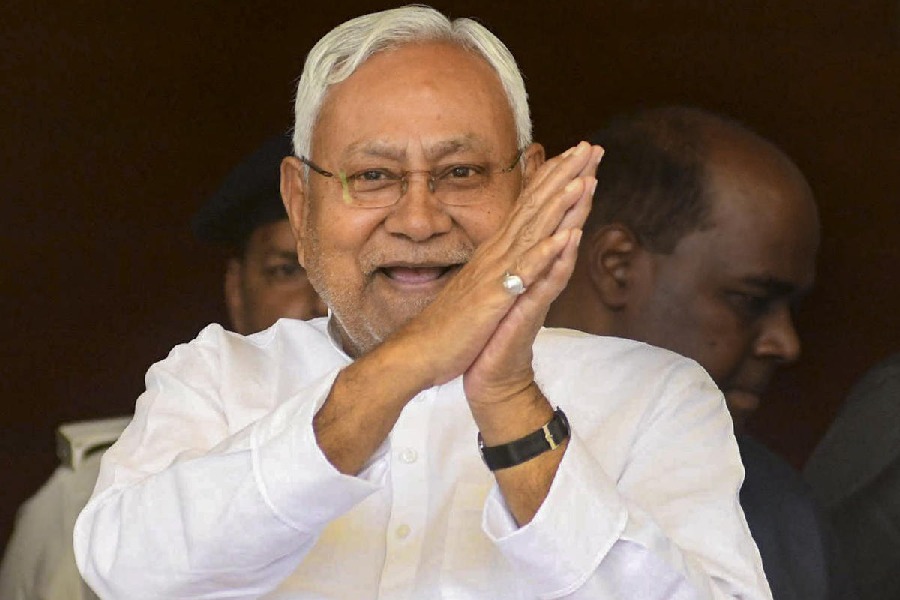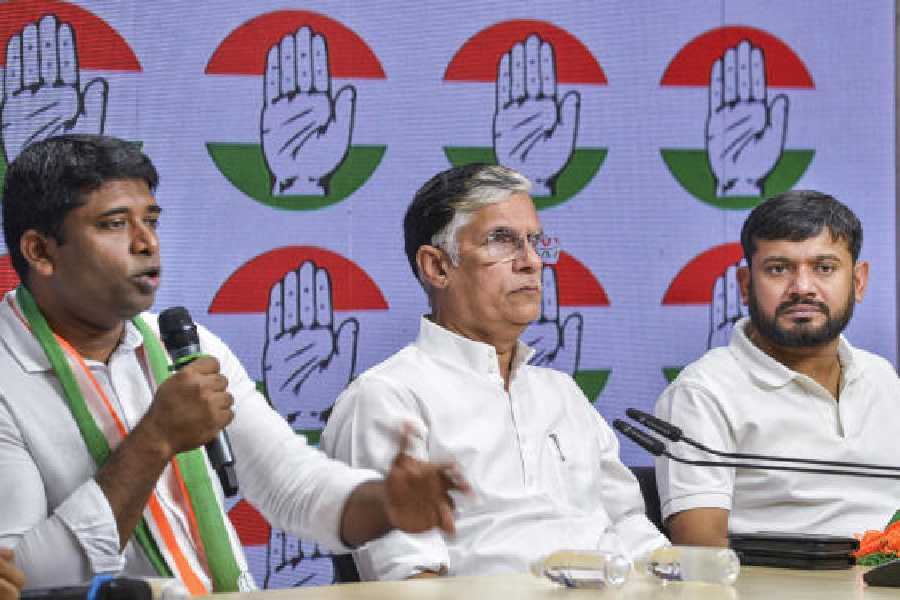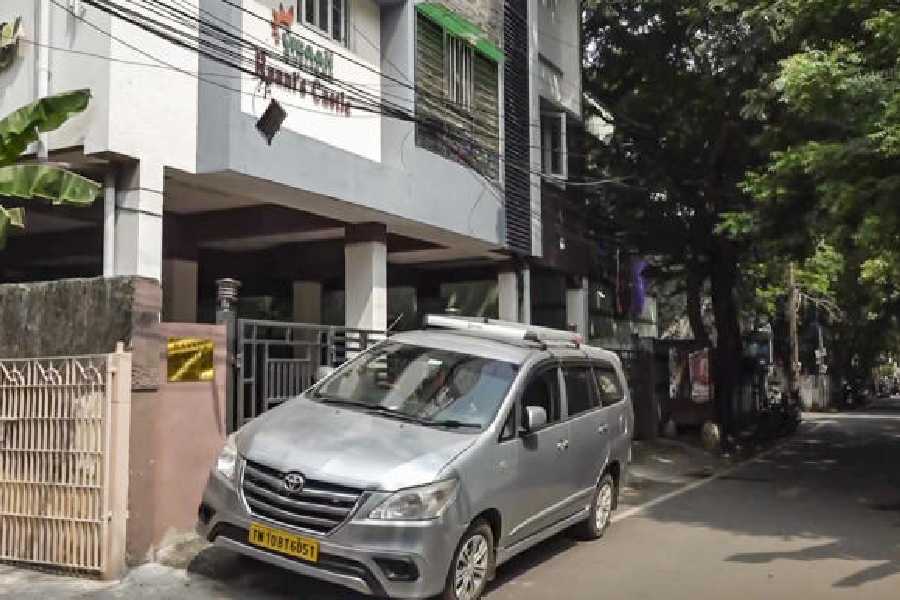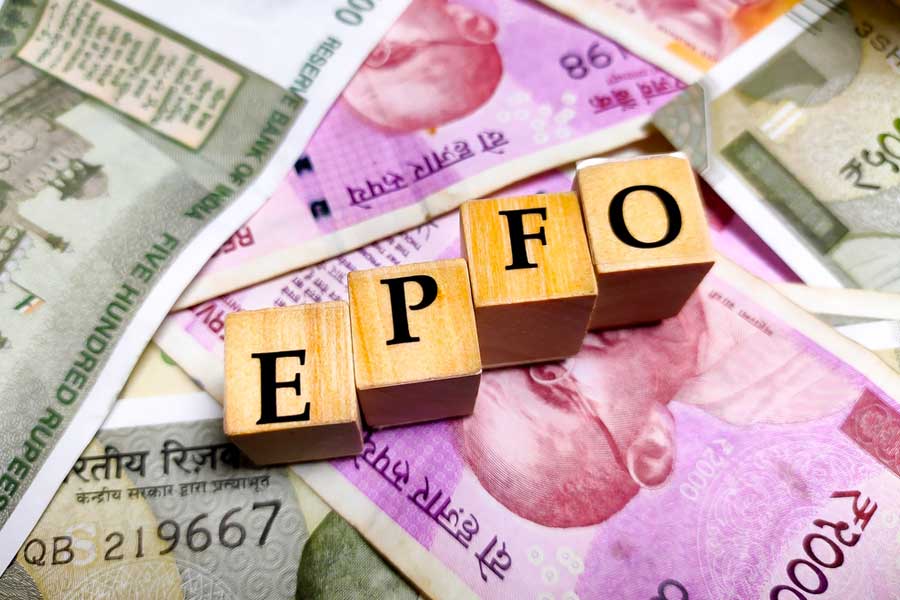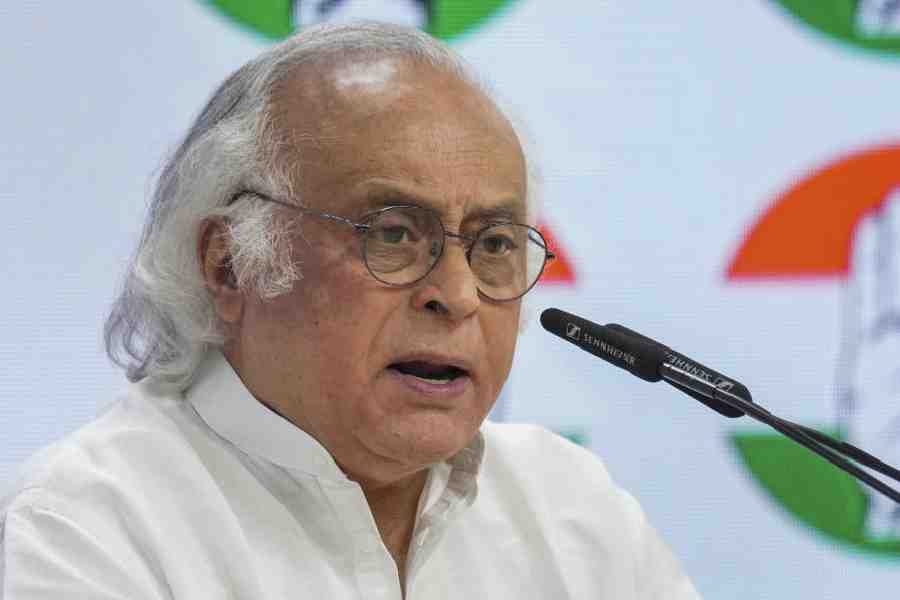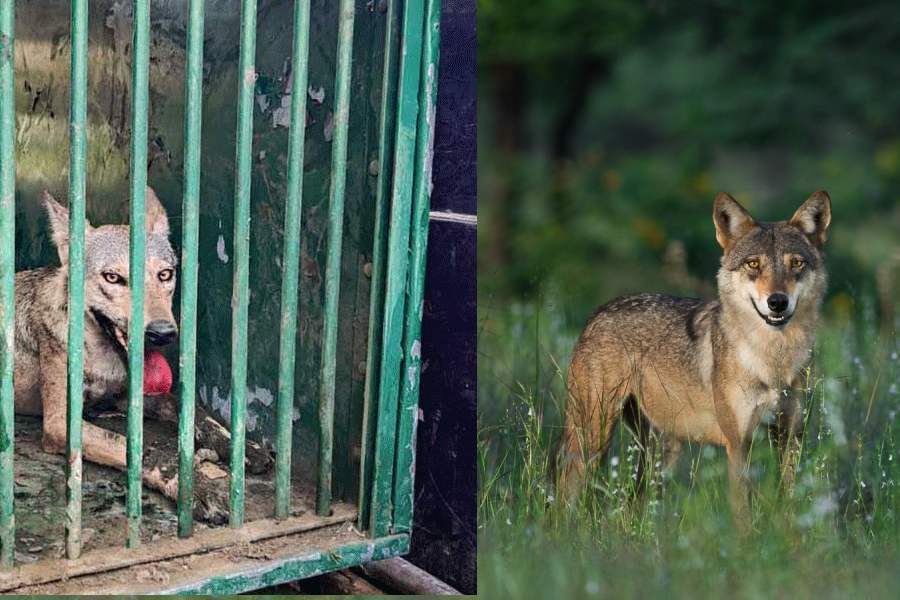 |
Sheikh Mukhtar finds it nettling — giving his children the polio drops again and again. Year after year. “How many more times will the government give our children the medicine for a disease they are not suffering from?” the 30-something man, standing in a decaying Maheshtala neighbourhood carpeted with piles of fetid garbage, asks. He sounds annoyed. A group of young men, swarming around him, nods in agreement.
For doctors and officials engaged in the polio immunisation programme, the country’s longest and largest public health drive, Maheshtala, a municipal town in West Bengal’s South 24 Parganas district, represents what now ails the nine-year-old campaign: an immunisation fatigue. In the absence of any government policy to tie the drive to the routine immunisation programme or general healthcare, people have simply grown tired of it.
“It’s not just the people, but even the officials, right from the BDOs, are getting sick of the campaign everywhere,” an IAS officer, on deputation to a UN agency, says. “They want an end of it.”
But an end of the campaign — though highly unlikely at this stage — would spell doom for Maheshtala, a dingy overcrowded town on the outskirts of Calcutta. Things are bleak here.
Despite all the efforts made since 1995 — when the pulse polio programme was launched in the country — many families, almost all of them Muslim, have been resisting government attempts to immunise their children from polio, a highly infectious viral disease that leaves children paralysed or even dead at times. Result: Bengal’s lone polio case (in 2004) was detected in a Maheshtala neighbourhood a few months ago. The case was enough to make the state government sit up and take notice of Maheshtala. It rushed medical teams almost immediately.
But local residents remain indifferent. For them, the immunisation programme — a joint initiative by the government, World Health Organisation, UNICEF, Rotary International and the US Centres for Disease Control and Prevention — is largely “a pain in the neck,” Abutaleb Molla, a local councillor, says.
Molla presides over ward number eight of Maheshtala municipality, where Sheikh Afridi, a two-year-old child, came down with the disease early this year. For close to a decade, Molla, a three-time councillor, has been leading the campaign against polio in his ward — the largest in the municipal town with a population of nearly 18,000 living in shacks and run-down tenements along narrow lanes with open drains.
Each time the government announces a date for the “drops”, locals shower Molla with a barrage of questions. “Why is the government so keen to give these drops when they are least bothered about healthcare?” they ask him.
Molla has no answer. For 18,000 people in his ward, the municipality runs a health centre with three women paramedics. That means one health worker for 6,000 people. “It’s just absurd,” he says. The nearest hospital is a one-and-a-half hour bus ride away over a bumpy road, in Calcutta.
People are suspicious of the government motive behind the polio programme, he says. And it’s not religious. Many suspect that the drops are given to “sterilise” the children so “they would not be able to give birth when they grow up and get married,” Molla says.
In a bid to allay people’s fears, Molla, with the help of programme officials, roped in local imams and the quacks the residents go to when they fall sick a few months ago. But the move hasn’t yielded desired results. Doubt still lurks in the minds of residents, edgy about the frequency of the programme.
“Parents get annoyed whenever we tell them to come to the booths on a particular date with their children for polio drops,” Kutubuddin Molla, secretary of the ward eight development committee, says. The parents grumble that the programme is “never-ending” and that it should stop. Kutubuddin cannot help but agree with them. “This campaign has been going on for far too long. It’s become a pain for all of us.” He feels the programme should be a “one-off affair and the drops should be given to the children once and for all.”
Trouble is, the polio immunisation programme cannot simply be a one-off affair. Children aged up to five must take the oral vaccine repeatedly at regular intervals to keep away from polio, Dr Dipankar Mukherjee, eastern regional co-ordinator of the national polio surveillance project, says.
The fact that the number of polio cases has come down from 1,600 in 2002 to 16 till June this year speaks of the efficacy of the programme. But pockets of resistance — such as Maheshtala — remain. India cannot be declared a polio-free country unless it reports “zero cases” for three consecutive years. “It’s a matter of concern even if we have one case in our country,” Mukherjee says.
(Incidentally, India is one of the six countries in the world that has not been able to eradicate the disease despite the campaign against it. In fact, India, Pakistan and Nigeria together account for more than 95 percent of the polio cases globally.)
But as of now, what concerns the health experts most is the immunisation fatigue setting in. Experts call for a new strategy to keep the drive alive. “Polio cannot be looked at in isolation. It has to be part of the routine immunisation programme and general healthcare,” Dr Pankaj Mehta of UNICEF says. He says the government has, however, woken up to the problem and begun to move “in the right direction.”
The West Bengal government, for example, plans to set up health sub-centres in Panchayat headquarters with a population of 5,000 to 7,000. These centres — besides providing general health services — will carry out polio immunisation as part of the routine immunisation programme. But it isn’t going to be easy.
Compared to its population, Bengal woefully lacks health infrastructure. The ill-equipped, under-staffed hospitals and primary health centres are groaning under the weight of thousands of patients screaming for treatment. There is no guarantee that these new sub-centres, run jointly by the health and Panchayat departments, will function well when their bigger cousins have failed. But then, the government has no option but to link the pulse polio programme to healthcare to keep it alive. Until that happens, “polio hot-spots” like Maheshtala will continue to fester, often at a great cost to children.

